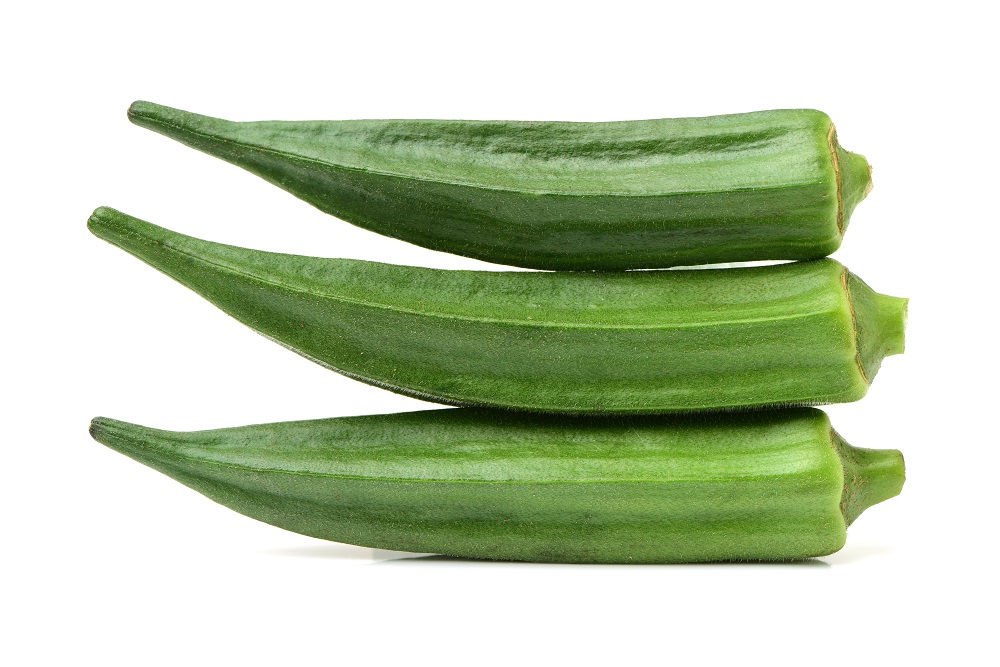
By Ronda Payne
Lavender isn’t exactly a new crop to BC, but it certainly is one that’s growing in popularity, according to UBC associate professor in biology Soheil Mahmoud. Mahmoud has organized BC-wide lavender workshops and continues to help growers find the best ways to be successful with their crops including providing information about the right species to grow as well as products to create.
“It appears that more people are getting interested in growing lavender,” he says. “Last year, two new businesses started up in the Okanagan. Things are good for the lavender industry. There is plenty of potential, but it is still small.”
Despite its relatively small position in BC agriculture (Mahmood believes there are 30 to 50 growers), the lavender industry is an interesting one, and requires specific plants for specific areas.
“Most of the problem [within the industry in BC] is that there is not a [Western] Canadian supplier for lavender cuttings right now,” he says.
There is a supplier in Toronto, but Mahmoud refers BC growers to a US supplier for cuttings, which, although closer, is problematic because of the challenges in sending living plants across the border. Then there are the potential challenges with correct plant identification.
“Certain varieties perform well in one location but not necessarily in another location,” Mahmoud says. “[It can be an issue] getting the correct plant. Right now there’s not really a reliable method for identifying plants early on.”
One of his studies involved identifying plant markers, but due to funding, it’s nowhere near a market-friendly system.
Owner of Victoria Lavender, Alan Mayfield, went to Australia and New Zealand to learn how to be a lavender farmer. He has been successfully running Victoria Lavender since 2008, having run Salt Spring Lavender from 2002 to his move to Vancouver Island.
“We start off and then we find that we need more lavender than we have land for,” says Mayfield of what those successful in the industry sometimes face.
Some lavender producers, like Mayfield contract other farmers to grow lavender for them.
The small scale farming in BC is a challenge. It takes cultivating hundreds of acres to be competitive globally in essential oils, but despite this, there are plenty of other ways to bring about success with the herbal crop. You read right, lavender is an herb, not a flower.
“Okanagan Lavender and Herb Farm is doing quite well,” Mahmood says. “Last year one of their essential oils won an award in New Zealand,”
While still a niche market in Canada, Mahmoud sees growers doing great things for the industry.
“There is a lot of interest and they have developed a niche market for themselves – the smaller scale farmers,” he says. “They cater to mostly local clientele, and they sell what people like to use, the flowers, sachets, teas and other products that they develop.”
Mayfield sees the growth happening in the culinary market for lavender, but cautions that those interested must know their species and be prepared for the rigors of ensuring pristine quality.
“There’s essentially three of the 32 species of lavender that grow here in B.C.,” he says.
Each of the three comes with its own pluses and minuses, but for those wanting lavender with a pure, sweet, floral smell and the ability to use in culinary products, English lavenders are the way to go.
“There are currently something like 100 varieties [of English lavender],” notes Mayfield. “There are several different colours by the way, not all lavenders are purple.”
Originally, his farm was planted with 37 rows (each with 200 plants) in French lavender, but this species has a more medicinal smell, rather than the fresh floral smell of English lavender, making it unsuitable for culinary or aromatherapy oils and associated products. Over Mayfield made changes to what is now a farm of 28 rows of English lavender and just nine of French lavender.
The majority of English lavender varieties have the desired scent so an interested grower will begin their search for the right variety within that species. If grown and treated well, the market for the crop is diverse. Mayfield ensures the right growing conditions for a clean product, then dries it in a dark, chilled room to preserve the colour and avoid evaporation of the oil from the buds.
“Some of the newer uses of lavender are quite unusual in that one of the biggest uses in recent years has been in the gin industry,” he says. “A lot of the restaurants and leading edge chefs are always contacting us about new ways to use lavender in cooking.”
It doesn’t end there. Mayfield sells body and beauty products in his two shops, but also has more than 20 culinary products he offers to customers.
“The product that we produce today is quite different from the product we had five years ago. This is very much a second career for me,” he notes of being a lavender farmer and entrepreneur. “I have to say it’s probably the smartest decision I’ve ever made really. When I started and wanted to be a lavender farmer, I knew absolutely nothing.”
The versatility of lavender is helping this well-known herb make greater headway into B.C.’s agricultural landscape. From beauty products to food items, lavender is a crop with great diversity and potential.











